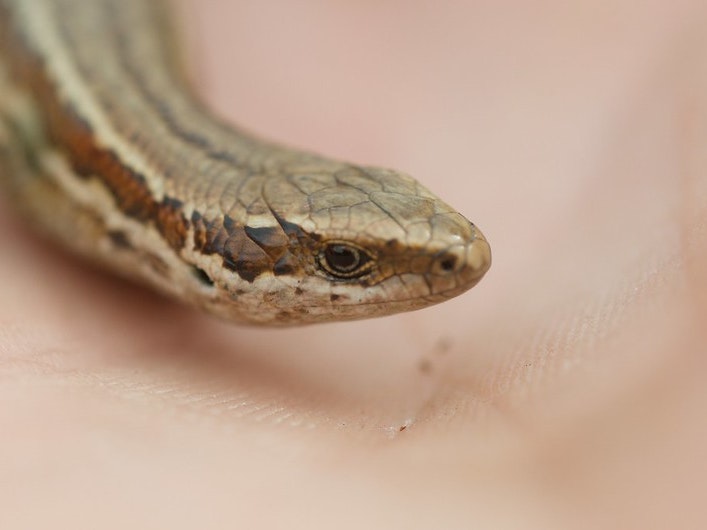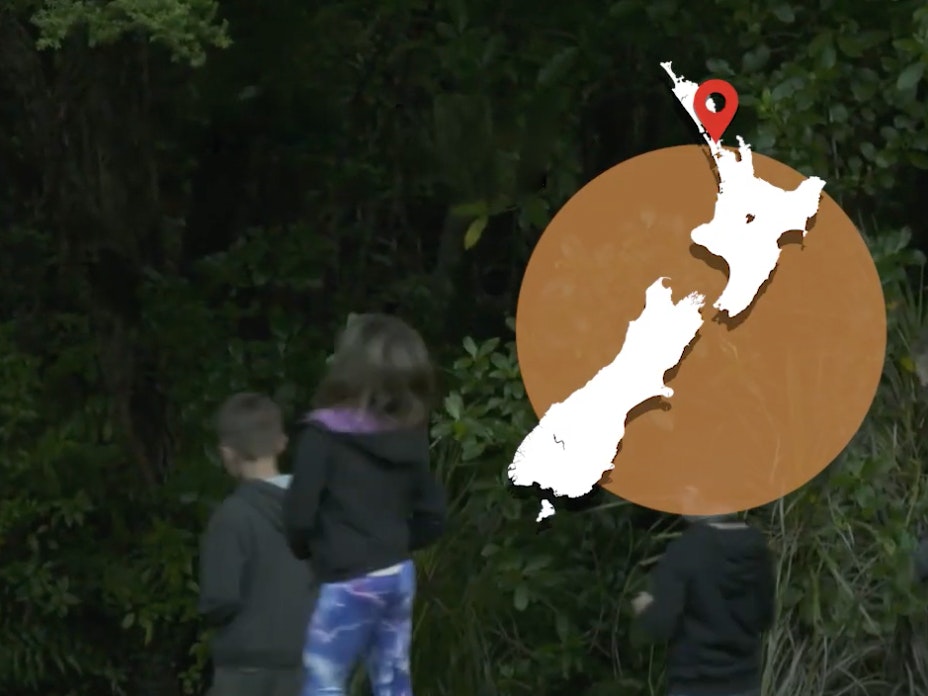
Protecting native lizards, Kāpiti coast
Ngā Uruora Kāpiti Project is a community-based conservation project. Their aim is to create bird-safe native forest running from Pukerua Bay to Paekākāriki, but also to increase the population of native lizards.

